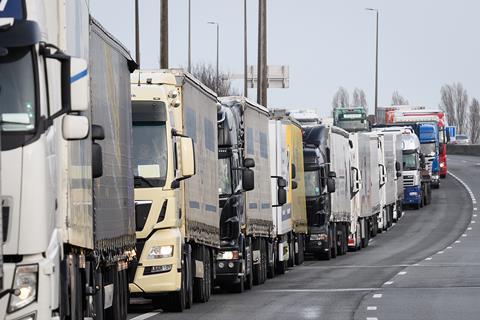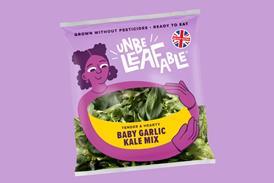
We are now approaching the 50-day countdown to the end of the Brexit transition period, when the UK will begin a new economic relationship with the EU on 1 January 2021. Time is running out for the grocery industry to prepare for the significant changes ahead.
Covid-19 has set back the Brexit readiness of many companies, with Brexit committees having been repurposed to tackle pandemic-related challenges.
The withdrawal of previous easements – unilateral measures issued by both the UK and EU – has also significantly disrupted Brexit planning. Almost all these measures were withdrawn in February 2020 after the Withdrawal Agreement was ratified.
At the time of writing, the EU has not published any similar easements. On the UK side, some are still missing and others have been reissued with changes. By last count, more than 1,000 pieces of new legislation are still to be laid before Parliament between now and 31 December. For example, the UK government has still not given hauliers access to the new IT systems needed to file paperwork.
Every business needs to revisit the easements on which it was hoping to rely, confirm whether they still exist and revise their plans accordingly.
In the absence of a free trade agreement (FTA), tariffs will become payable when trading goods between UK and EU. Customs procedures, with significant additional requirements, will apply at the border irrespective of whether there is an FTA. Additional controls will also apply for certain products. Businesses will need to ensure they have the right information to complete declarations, even if a third-party supplier is submitting on their behalf.
Delays at the border will impact delivery times, and businesses have to plan accordingly. The government’s ‘Reasonable Worst Case Scenario’ references maximum queues of c7,000 trucks, with associated delays of up to two days. Disruption is expected to peak in the first two weeks of January and could last up to three months.
Product-specific regulatory requirements, which may include packaging and labelling, will vary between the UK and EU markets. Businesses will need to understand their changing compliance obligations. If these are not met, businesses may be able to move goods across the border, but not actually sell them.
Businesses will also need to review changes to import VAT, distance sales and loss of EU simplifications that result from the UK leaving the EU VAT regime. Some businesses are changing their supply chains in response, and this could have VAT and wider tax implications.
There will be additional complexity for Northern Ireland, with different rules applying for goods movements between Northern Ireland and Great Britain and Republic of Ireland respectively.
With such significant disruption on the horizon, businesses must urgently review and undertake the critical actions that can help secure operations in the time remaining.



















No comments yet